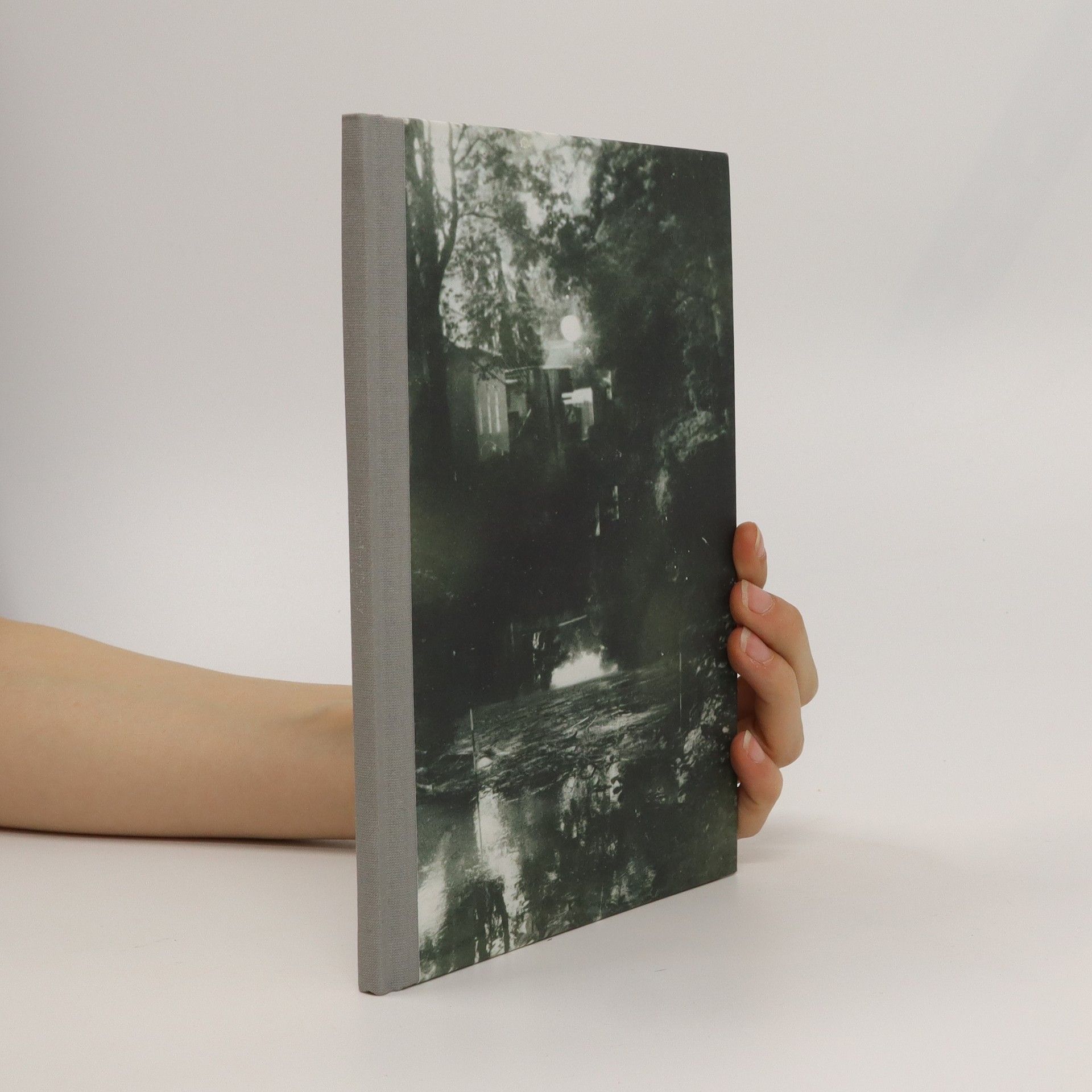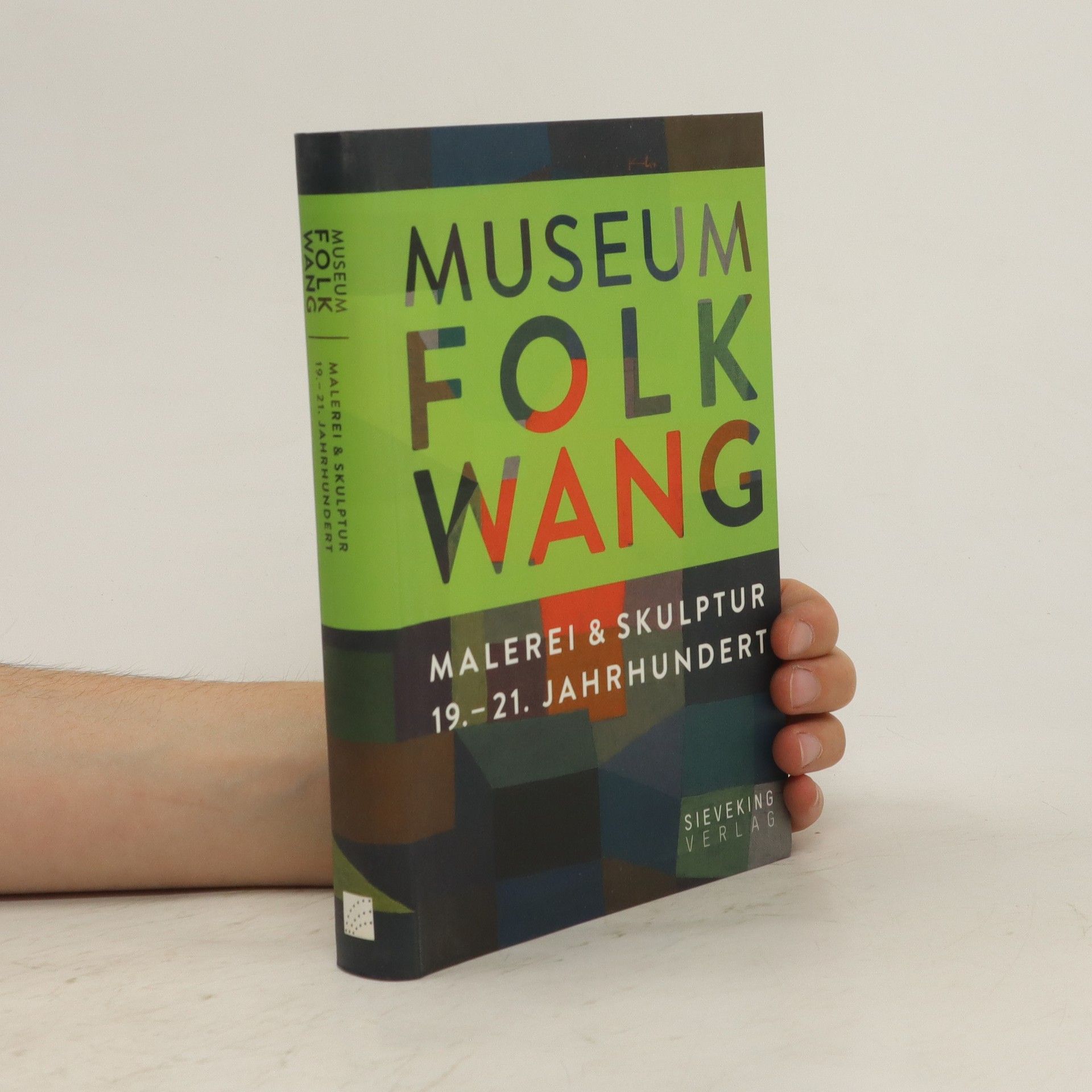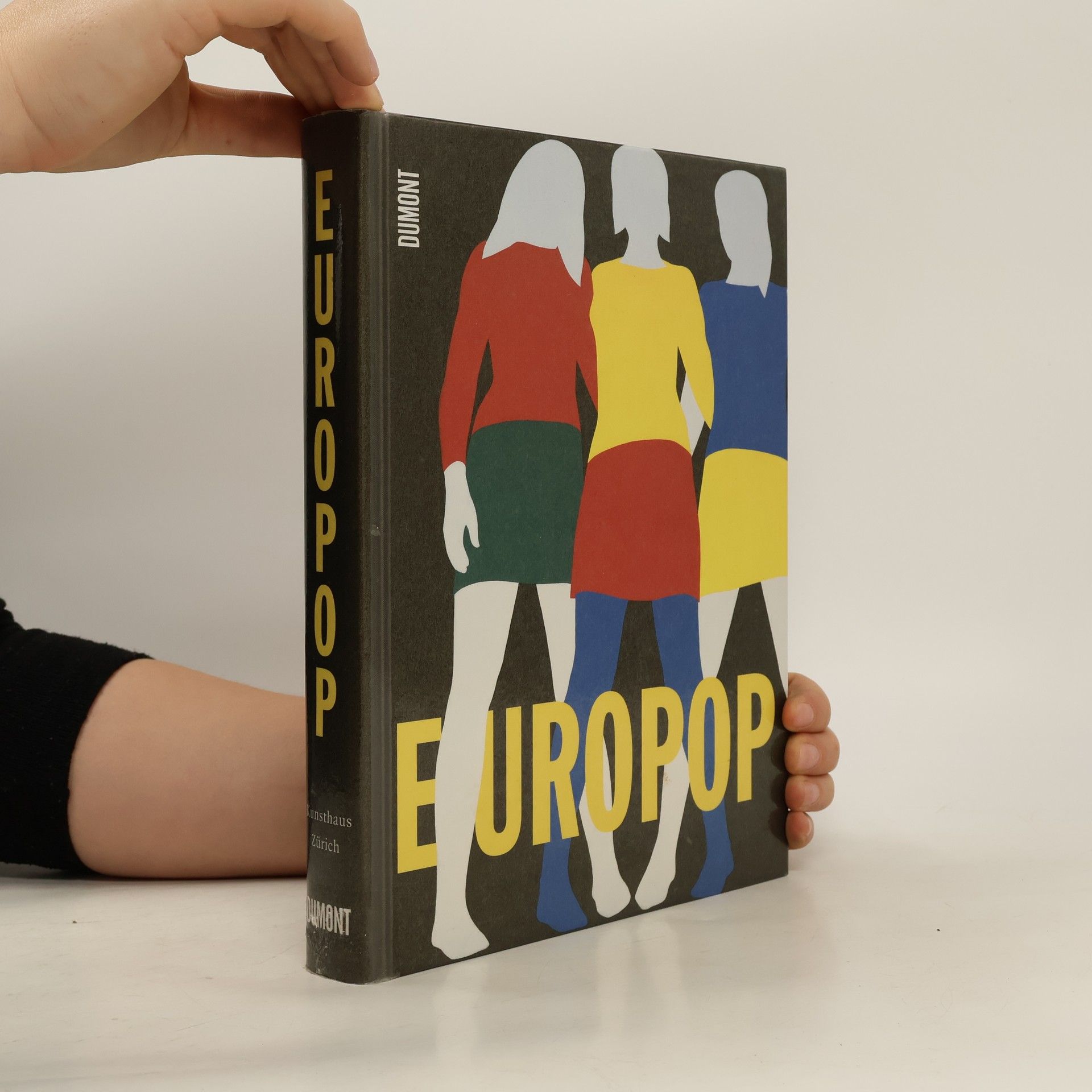André Breton
- 112pages
- 4 heures de lecture
Eine gelungene Provokation bedeutete den Dadaisten wenig, erst der entrüstete Zeitungskommentar machte den Dada-Abend zum Erfolg. Einige der legendären Dada-Events fanden sogar ausschließlich in der Presse statt, welche die frei erfundenen Berichte der Dadaisten gutgläubig in Druck gab. Die Pressereaktionen auf dadaistische Aktionen stellen somit einen integralen Teil derselben dar. Das erst 2003 aufgefundene, bis heute unveröffentlichte Dossier Dada von André Breton (1896-1966), Zentralfigur von Dada Paris und späterer Kopf der surrealistischen Bewegung, macht dies exemplarisch deutlich. In das etwa 32 x 38 cm große und annähernd 20 cm dicke Album, die größte Dada-Collage überhaupt, klebte Breton von 1916 bis 1924 sämtliche ihn selbst erwähnenden Zeitungs- und Zeitschriftenartikel und zugleich alle Originaldokumente wie Einladungskarten, Plakate oder Briefe ein, die die in den Presseberichten kommentierten Aktivitäten betreffen. Das Album, aus dem das vorliegende Buch rund 80 ausgewählte Seiten präsentiert, bietet damit eine fast lückenlose Chronik der Publikationen und Provokationen von Dada Paris. Ausstellung: Kunsthaus Zürich 9.12.2005-19.2.2006 · Dada-Ausstellungen im Centre Pompidou, Paris 5.10.2005-9.1.2006 · National Gallery of Art, Washington D. C. 19.2.-14.5.2006








